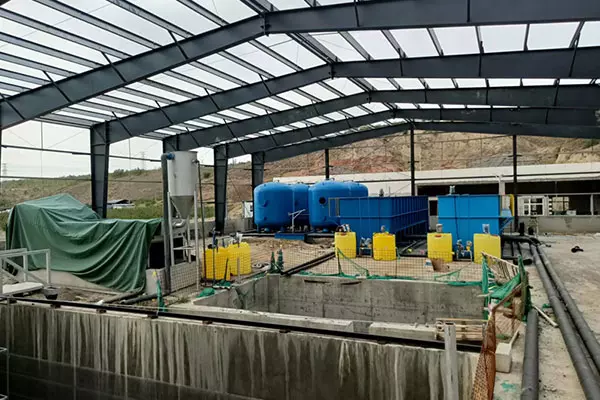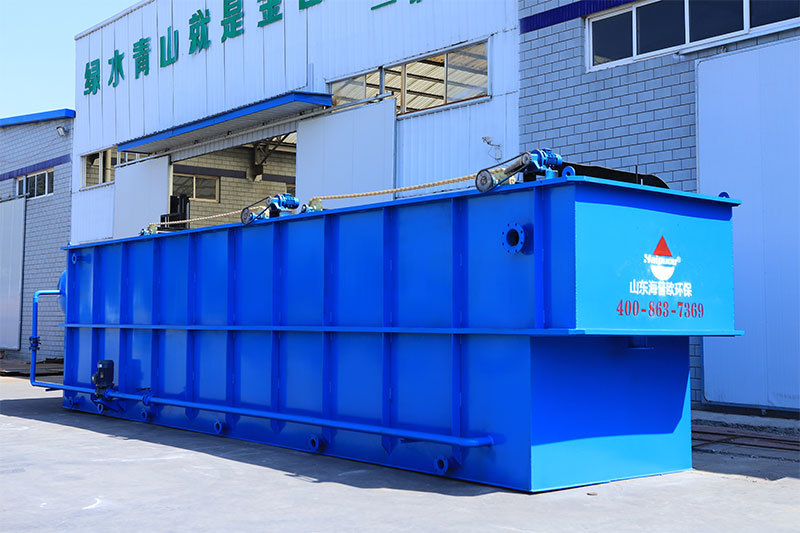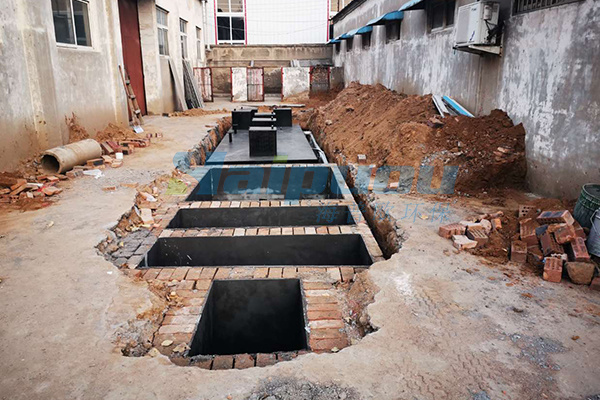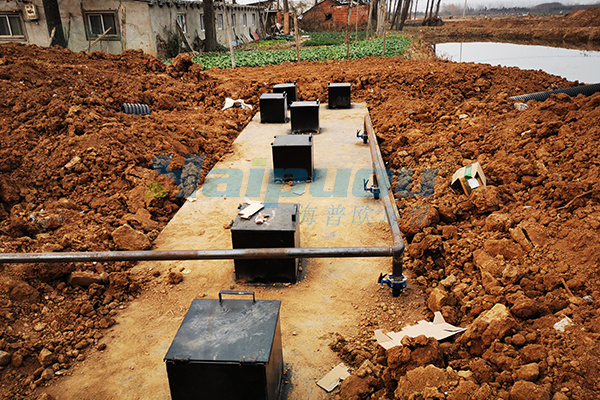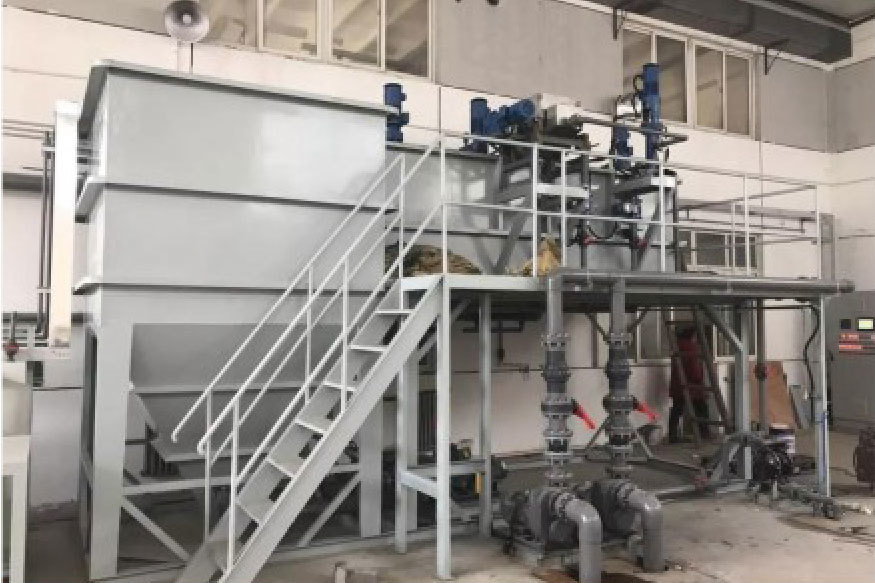News details
Preserving the Environment: The Vital Role of Membrane Bioreactors in Sustainable Water Treatment
Release time:
2024-09-03 09:00
Preserving the Environment: The Vital Role of Membrane Bioreactors in Sustainable Water Treatment
Table of Contents
1. Introduction to Membrane Bioreactors
2. Understanding the Mechanism of Membrane Bioreactors
3. Advantages of Membrane Bioreactors in Water Treatment
3.1 Enhanced Efficiency in Wastewater Treatment
3.2 Resource Conservation and Recovery
4. Applications of Membrane Bioreactors
4.1 Municipal Wastewater Treatment
4.2 Industrial Wastewater Treatment
4.3 Agricultural Runoff Management
5. Membrane Bioreactors and Environmental Preservation
5.1 Reducing Water Pollution
5.2 Mitigating Climate Change
6. Economic Implications of Membrane Bioreactor Technology
7. Future Trends in Membrane Bioreactor Technology
8. Frequently Asked Questions (FAQs)
9. Conclusion
1. Introduction to Membrane Bioreactors
Membrane bioreactors (MBRs) have emerged as a revolutionary technology in the field of wastewater treatment and environmental preservation. By combining biological treatment processes with membrane filtration, MBRs provide a highly efficient solution for treating wastewater while minimizing environmental impact. As global water scarcity and pollution escalate, MBR technology presents a promising pathway to sustainable water management and conservation.
2. Understanding the Mechanism of Membrane Bioreactors
At their core, membrane bioreactors utilize a two-stage process: biological degradation followed by membrane filtration. In the first stage, microorganisms break down organic matter in wastewater, effectively treating pollutants. The second stage involves the use of membranes that separate clean water from contaminants, resulting in a high-quality effluent. This dual approach allows MBRs to achieve superior treatment efficiency compared to traditional methods.
3. Advantages of Membrane Bioreactors in Water Treatment
The integration of membrane technology into bioreactors offers numerous advantages over conventional wastewater treatment systems.
3.1 Enhanced Efficiency in Wastewater Treatment
MBRs provide a significantly higher removal rate of suspended solids and pathogens, making them ideal for treating complex wastewater streams. The fine pore size of membranes ensures that even the smallest contaminants are effectively filtered out, leading to cleaner effluent.
3.2 Resource Conservation and Recovery
Another critical advantage of MBR technology is its ability to facilitate resource recovery. The treated effluent can be reused for irrigation, industrial processes, or even as potable water, significantly reducing the demand for freshwater resources. Additionally, MBRs can concentrate nutrients such as nitrogen and phosphorus, enabling their recovery for use as fertilizers.
4. Applications of Membrane Bioreactors
The versatility of membrane bioreactors allows them to be employed across various sectors, each contributing to environmental sustainability.
4.1 Municipal Wastewater Treatment
Cities around the globe are increasingly adopting MBR technology to manage municipal wastewater. These systems efficiently treat sewage while meeting stringent discharge standards, thus safeguarding local water bodies from contamination.
4.2 Industrial Wastewater Treatment
Industries generating high volumes of wastewater, such as food processing and textiles, benefit from MBR systems. MBRs can handle fluctuations in flow and composition, providing consistent treatment performance and enabling industries to comply with environmental regulations.
4.3 Agricultural Runoff Management
Agricultural runoff often contains harmful chemicals and nutrients that pollute waterways. MBRs can be integrated into agricultural practices to treat runoff before it enters water bodies, significantly reducing the impact of agricultural practices on the environment.
5. Membrane Bioreactors and Environmental Preservation
The implementation of membrane bioreactors is crucial for achieving broader environmental preservation goals.
5.1 Reducing Water Pollution
By effectively treating wastewater and removing contaminants, MBRs play a vital role in reducing water pollution. Cleaner water bodies contribute to healthier ecosystems, supporting biodiversity and improving water quality for human use.
5.2 Mitigating Climate Change
Water treatment processes contribute to greenhouse gas emissions. MBRs, with their enhanced efficiency, require less energy than conventional systems, helping to lower the carbon footprint associated with wastewater treatment. Furthermore, their role in resource recovery can contribute to a circular economy, reducing reliance on fossil fuels.
6. Economic Implications of Membrane Bioreactor Technology
While the initial investment in MBR technology may be higher than traditional systems, the long-term economic benefits are substantial. Reduced energy consumption, lower operational costs, and the potential for resource recovery can lead to significant savings for municipalities and industries alike. Moreover, the ability to reuse treated effluent further enhances economic viability.
7. Future Trends in Membrane Bioreactor Technology
The future of membrane bioreactors is promising, with ongoing advancements in membrane materials and configurations. Innovations such as hollow fiber membranes and ceramic membranes are enhancing performance and durability. As technology continues to evolve, we can anticipate even broader applications and improved efficiency in wastewater treatment processes.
8. Frequently Asked Questions (FAQs)
**Q1: What is the primary function of a membrane bioreactor?**
A1: The primary function of a membrane bioreactor is to treat wastewater through a combination of biological degradation and membrane filtration, resulting in high-quality effluent.
**Q2: How do membrane bioreactors compare to traditional wastewater treatment methods?**
A2: Membrane bioreactors provide higher treatment efficiency, better pathogen removal, and allow for resource recovery compared to traditional methods.
**Q3: What are the environmental benefits of using membrane bioreactors?**
A3: MBRs reduce water pollution, conserve freshwater resources, and lower greenhouse gas emissions associated with wastewater treatment.
**Q4: Can treated effluent from membrane bioreactors be reused?**
A4: Yes, treated effluent from MBRs can be reused for irrigation, industrial processes, or even as potable water, depending on the treatment level achieved.
**Q5: What industries are adopting membrane bioreactor technology?**
A5: Industries such as municipal wastewater treatment, food processing, textiles, and agriculture are increasingly adopting MBR technology for its efficiency and sustainability.
9. Conclusion
Membrane bioreactors represent a pivotal technology in the pursuit of sustainable water management and environmental preservation. With their ability to efficiently treat wastewater, recover valuable resources, and mitigate pollution, MBRs are indispensable in addressing the challenges of water scarcity and environmental degradation. As we move towards a more sustainable future, the continued advancement and adoption of membrane bioreactor technology will play a crucial role in preserving our planet for generations to come.
Membrane Bioreactor
Related news
Contact: +86 18016210178 (Ms.Liu)
Add:No.56, Donghuan Road, Zhucheng City, Weifang City, Shandong Province
License




